アイアンキャスト 鉄 猫 オブジェ デスクアクセサリー アンティーク
(税込) 送料込み
商品の説明
アイアンキャスト 鉄 猫 オブジェ デスクアクセサリー アンティーク
鉄製の重量感ある猫のオブジェです。
寸法 5X8.5X12センチ
519kg
ご覧いただきありがとうございます。
必ずプロフィールをお読み下さい。
最近、ヤフオクや中国のネットショップが当方の写真、コメントを流用した出品がありますが、全く無関係の業者です。
詐欺紛いの手口に注意してください。
アンティークなりの擦れ、汚れ、染み、ヤケなどあります。
画像が全てです。判断のうえ宜しくお願い致します。
北海道 沖縄 離島は着払いになる場合があります。
#デスクアクセサリーのコレクション #アイアンキャスト #鉄 #猫 #オブジェ #デスクアクセサリー #アンティーク #キャット
種類...その他
モチーフ...動物
素材...その他
主題...動物商品の情報
| カテゴリー | ホビー・楽器・アート > 美術品・アンティーク・コレクション > 彫刻・オブジェ |
|---|---|
| 商品の状態 | やや傷や汚れあり |

最安値通販 アイアンキャスト 鉄 猫 オブジェ デスクアクセサリー

楽天市場】ベル 呼び鈴 ガーデン 玄関 ガーデニング アクセサリー ネコ

楽天市場】ベル 呼び鈴 ガーデン 玄関 ガーデニング アクセサリー ネコ
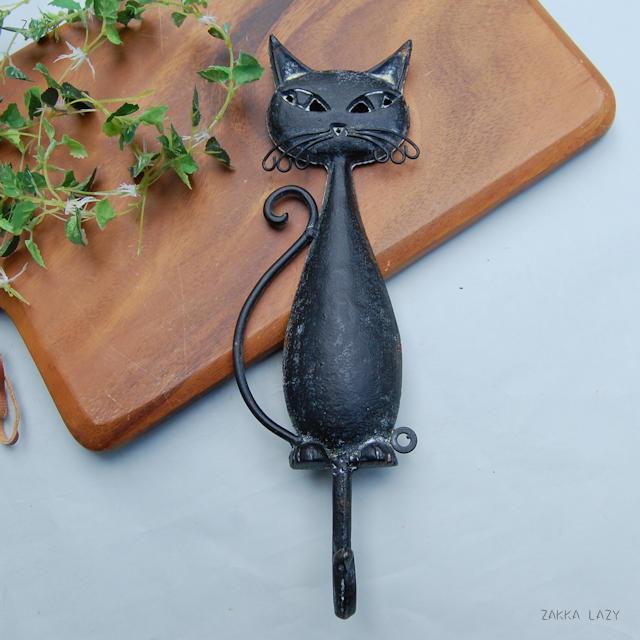
楽天市場】アイアンキャット シングルフック キーストーン 猫 ねこ

Amazon.co.jp: 置物 アイアン オブジェ 猫 金属 彫刻 鉄編ま オブジェ

Amazon.co.jp: 置物 アイアン オブジェ 猫 金属 彫刻 鉄編ま オブジェ

アイアン 雑貨・置物/ねこオブジェDRONA001【アジアン雑貨】【バリ雑貨

Amazon.co.jp: 置物 アイアン オブジェ 猫 金属 彫刻 鉄編ま オブジェ

Amazon.co.jp: NGE ガーデンピック オーナメント 2本セット シルエット
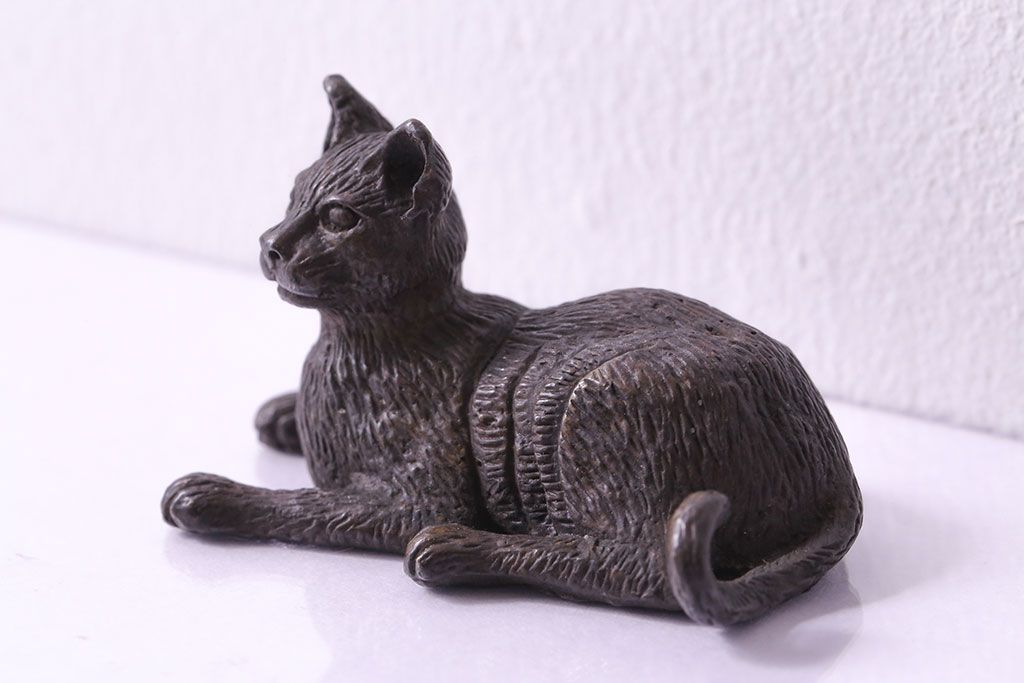
アンティーク雑貨 ビンテージ 銅製 シックな猫のオブジェ(置物、動物像
ベル 呼び鈴 ガーデン 玄関 ガーデニング アクセサリー ネコ

アンティーク・アイアンオブジェクト – MALTOの入荷お知らせ情報&日々

トレーを持った猫のオブジェ ブロンズ製 銅製 95cm アンティーク調 アイアン ねこの置物 380111 | ASIANTIQUE アジアンティーク

キャストアイアンローフェンス3枚組 通販 - ディノス

楽天市場】インテリア オブジェ 雑貨 かわいい 置物 小物 楽器 棒人間

アイアン 雑貨・置物/ねこオブジェDRONA001【アジアン雑貨】【バリ雑貨

Amazon.co.jp: 置物 アイアン オブジェ 猫 金属 彫刻 鉄編ま オブジェ

Amazon.co.jp: 置物 アイアン オブジェ 猫 金属 彫刻 鉄編ま オブジェ

楽天市場】インテリア オブジェ 雑貨 かわいい 置物 小物 楽器 棒人間
鋳物 壁掛けフック アンティーク アイアンフック (錆色)猫 キャスト

Amazon.co.jp: 置物 アイアン オブジェ 猫 金属 彫刻 鉄編ま オブジェ
ペーパーホルダー 鉄 アイアン 犬 インテリア 装飾 オブジェ

アンティーク・アイアンオブジェクト – MALTOの入荷お知らせ情報&日々
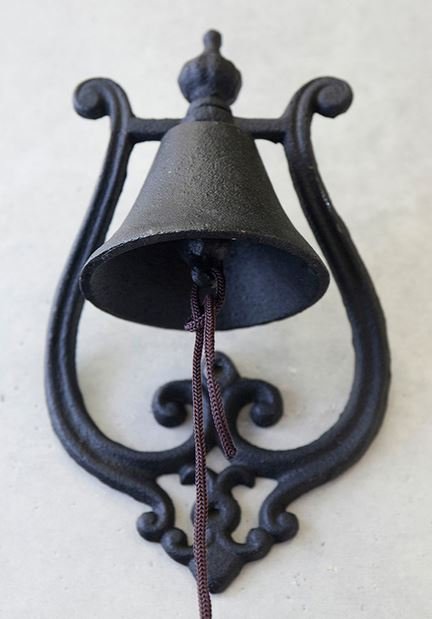
購入いただけます アイアンキャスト 鉄 猫 オブジェ デスク

アイアン/ガーデン オブジェ・小物 - リビングスタジオ

彩か Saika Rust Cat Trio アンティーク風 オブジェ 置物 猫 三重奏
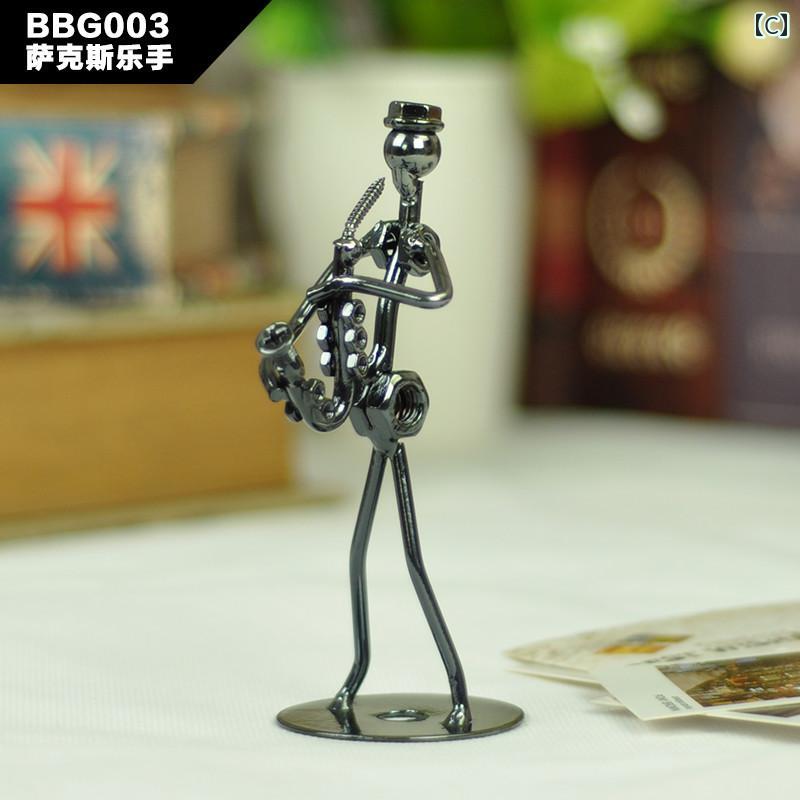
楽天市場】インテリア オブジェ 雑貨 かわいい 置物 小物 楽器 棒人間
トレーを持った猫のオブジェ ブロンズ製 銅製 50cm アンティーク調

アンティーク雑貨 Austin(オースティン)・A.DANEL作 Magic 猫の置物
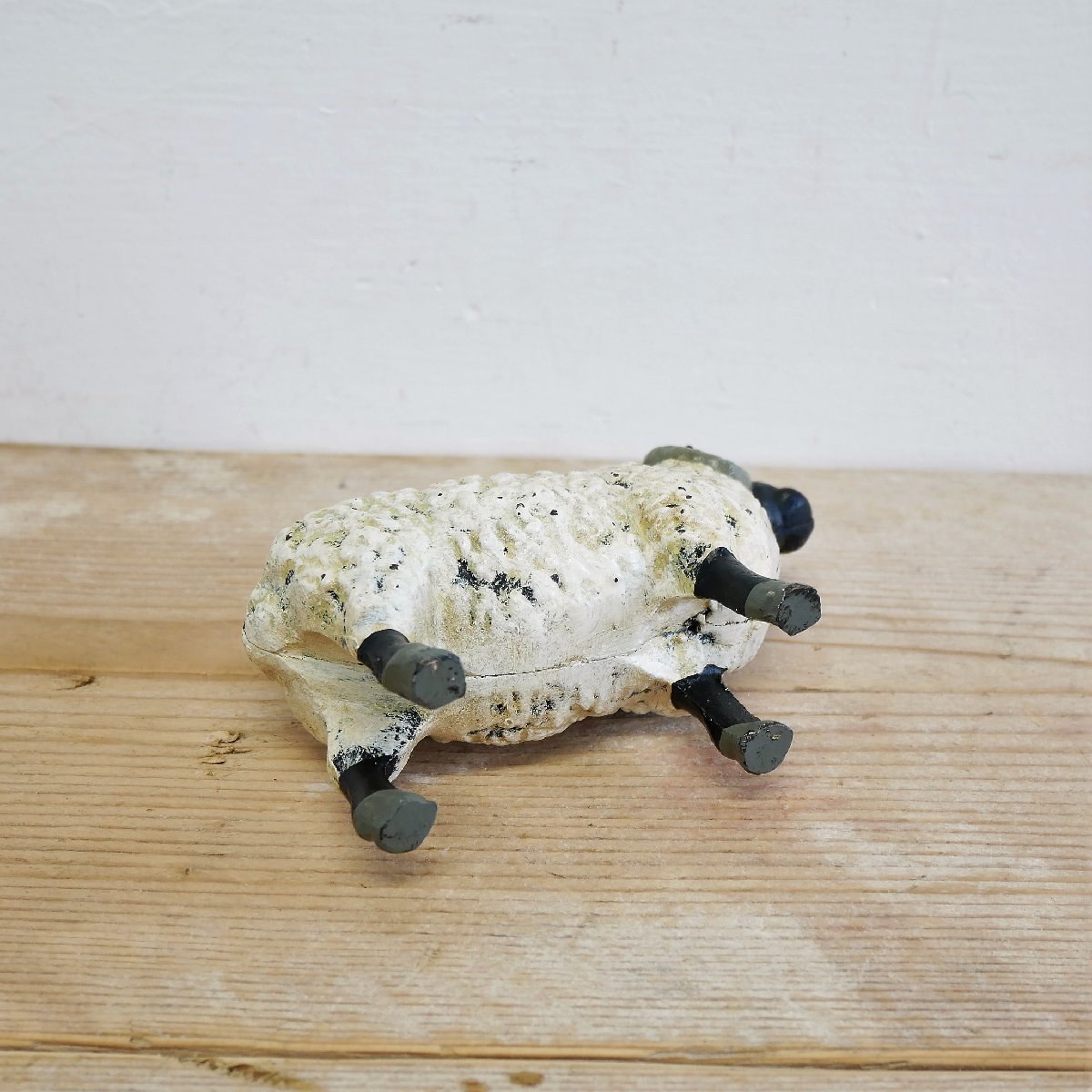
U.S. ヴィンテージ 鋳物製オブジェ キャストアイロン 鉄 置物 ひつじ

彩か Saika Rust Cat Trio アンティーク風 オブジェ 置物 猫 三重奏

鹿 オブジェ おしゃれ 置物 かわいい 動物 アイアン 雑貨 卓上
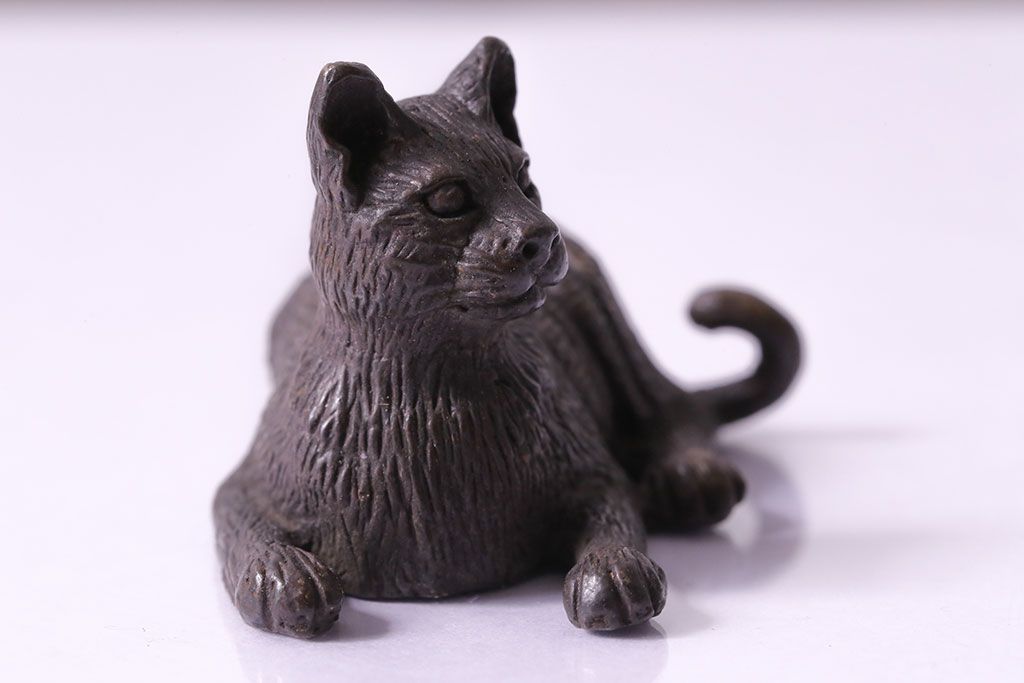
アンティーク雑貨 ビンテージ 銅製 シックな猫のオブジェ(置物、動物像

アイアン 雑貨・置物/ねこオブジェDRONA001【アジアン雑貨】【バリ雑貨
トレーを持った猫のオブジェ ブロンズ製 銅製 50cm アンティーク調
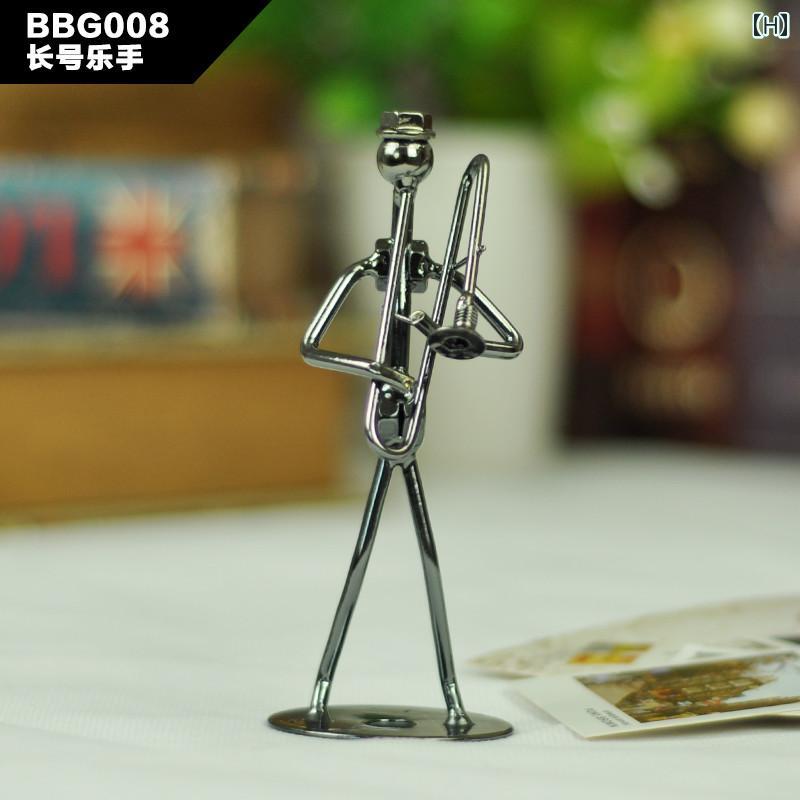
楽天市場】インテリア オブジェ 雑貨 かわいい 置物 小物 楽器 棒人間

Amazon.co.jp: 置物 アイアン オブジェ 猫 金属 彫刻 鉄編ま オブジェ

ねこ 猫 置物 オブジェ 雑貨 木製 かわいい おしゃれ ウッド ペア

アンティーク・アイアンオブジェクト – MALTOの入荷お知らせ情報&日々
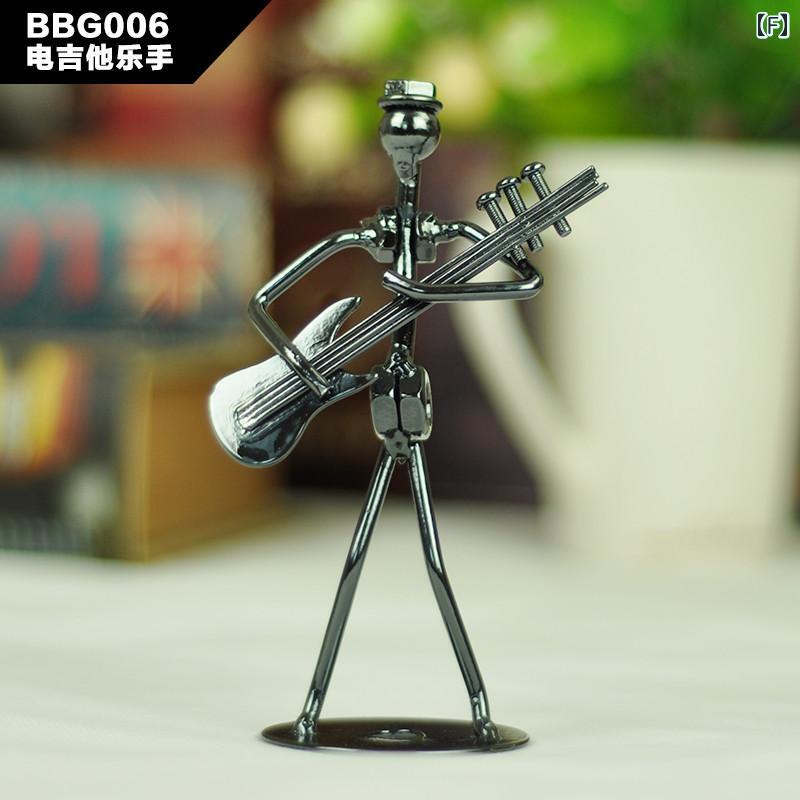
楽天市場】インテリア オブジェ 雑貨 かわいい 置物 小物 楽器 棒人間








商品の情報
メルカリ安心への取り組み
お金は事務局に支払われ、評価後に振り込まれます
出品者
スピード発送
この出品者は平均24時間以内に発送しています














